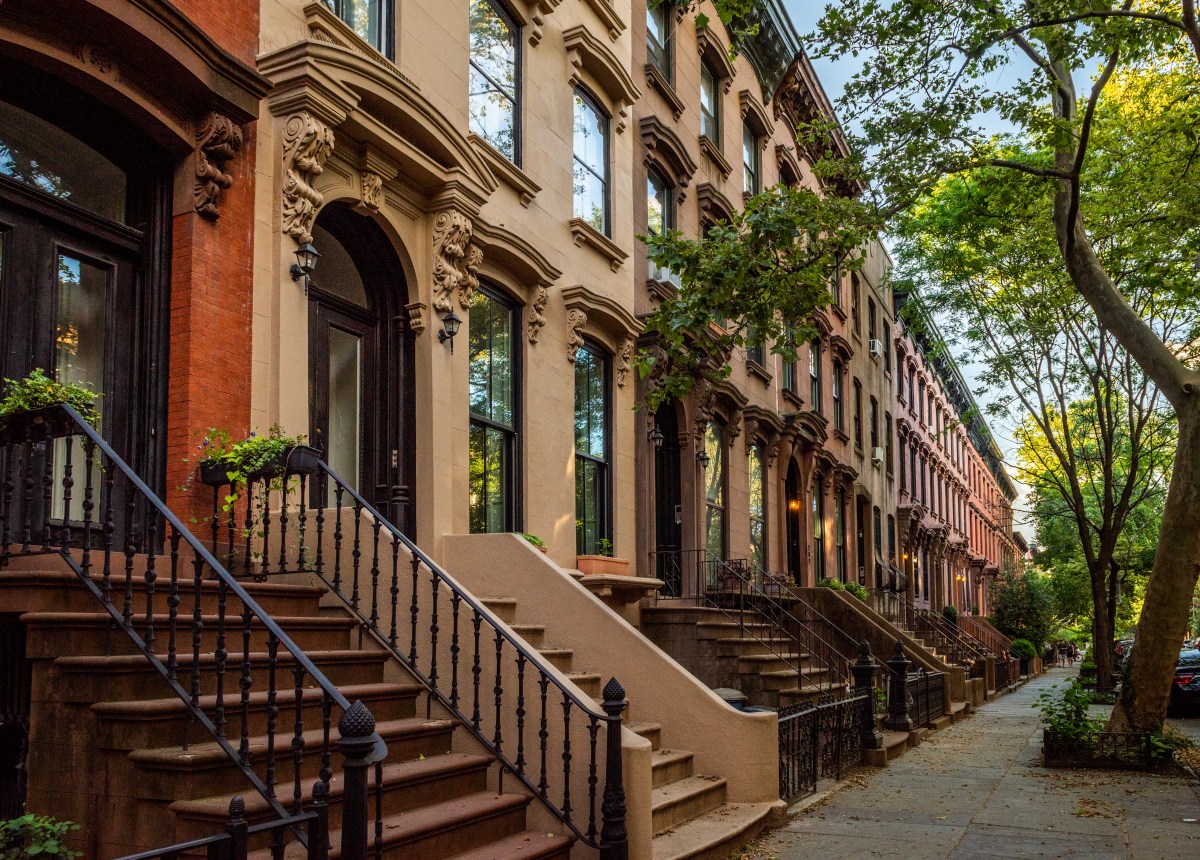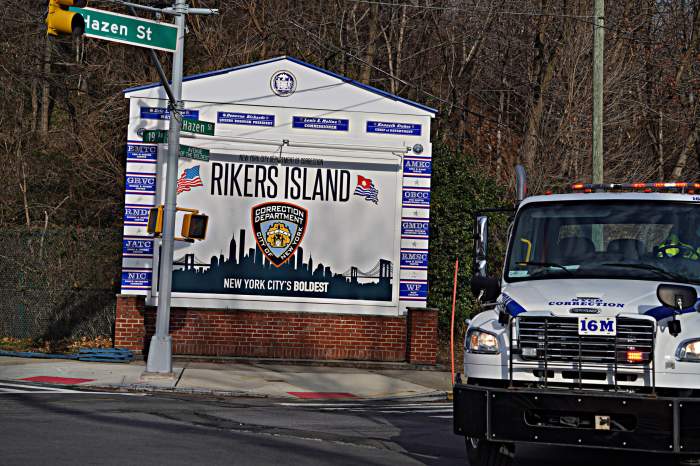Volume 76, Number 16 | September 6 – 12, 2006
Editorial
Back the tenant- backed buyout at Stuyvesant Town
The recent announcement by Metropolitan Life that it has put Stuyvesant Town and Peter Cooper Village on the block has sent shock waves through the middle-income enclave — and through the whole city, since it potentially represents a major challenge to working families’ very future in New York.
Built after World War II for returning veterans and their families, the 110-building complex on 80 acres, with 11,200 apartments housing 25,000 tenants, in today’s market is valued at $5 billion. Its sale would represent one of the biggest property transactions in U.S. history. Given the high purchase cost, it’s expected the buyer would want to recoup the expense by moving to make the apartments market rate quickly.
On Tuesday, politicians — including U.S. Senator Chuck Schumer, Congressmember Carolyn Maloney, Council Speaker Christine Quinn and Councilmember Dan Garodnick, who grew up in the complex — joined tenant leaders and housing activists in responding to the threat by announcing a tenant-backed buyout by a group of investors. Schumer added that federal help could come in the form of loan guarantees and gap financing. Maloney said there will be a federal hearing to examine all the options of a buyout.
Quinn said residency in the complex represented New York’s version of the American dream: “People knew if they could get into these buildings, they could have a home for the rest of their lives.”
However, the threat at Stuyvesant Town and Cooper Village mirrors what is happening across the city. With vacancy deregulation and the expiration of Mitchell-Lama controls and other affordable-housing programs, the city is losing its middle-class soul. The way we’re heading, at this rate, first Manhattan, then progressively other parts of the city, will soon be home only to pied-a-terres for the wealthy. Although some of Stuyvesant Town and Peter Cooper’s apartments have become market rate, three-quarters are still regulated, with rents at half market rate; they are home to firefighters, police officers, nurses, teachers — the backbone of this city.
A model for what should happen is West Village Houses, with 420 apartments, where the tenants organized a buyout, aided by the city’s Department of Housing and Preservation. West Village Houses tenants were allowed to purchase their units at an insider’s price, and affordable housing, in some form, is being preserved there. Although, Stuyvesant Town/Peter Cooper Village is far larger, stretching from 14th to 23rd Sts., east of First Ave., a similarly structured buyout plan can work.
As Quinn noted, Met Life has been a “respected corporate citizen” and she expects that this corporation will continue to live up to that reputation. Should Met Life choose to do otherwise and imperil the lives of thousands of hard-working New Yorkers, it would lose the right to be called “respected.” Even amid this current real estate frenzy, there must be limits. The line must be held at Stuyvesant Town and Peter Cooper Village.




































